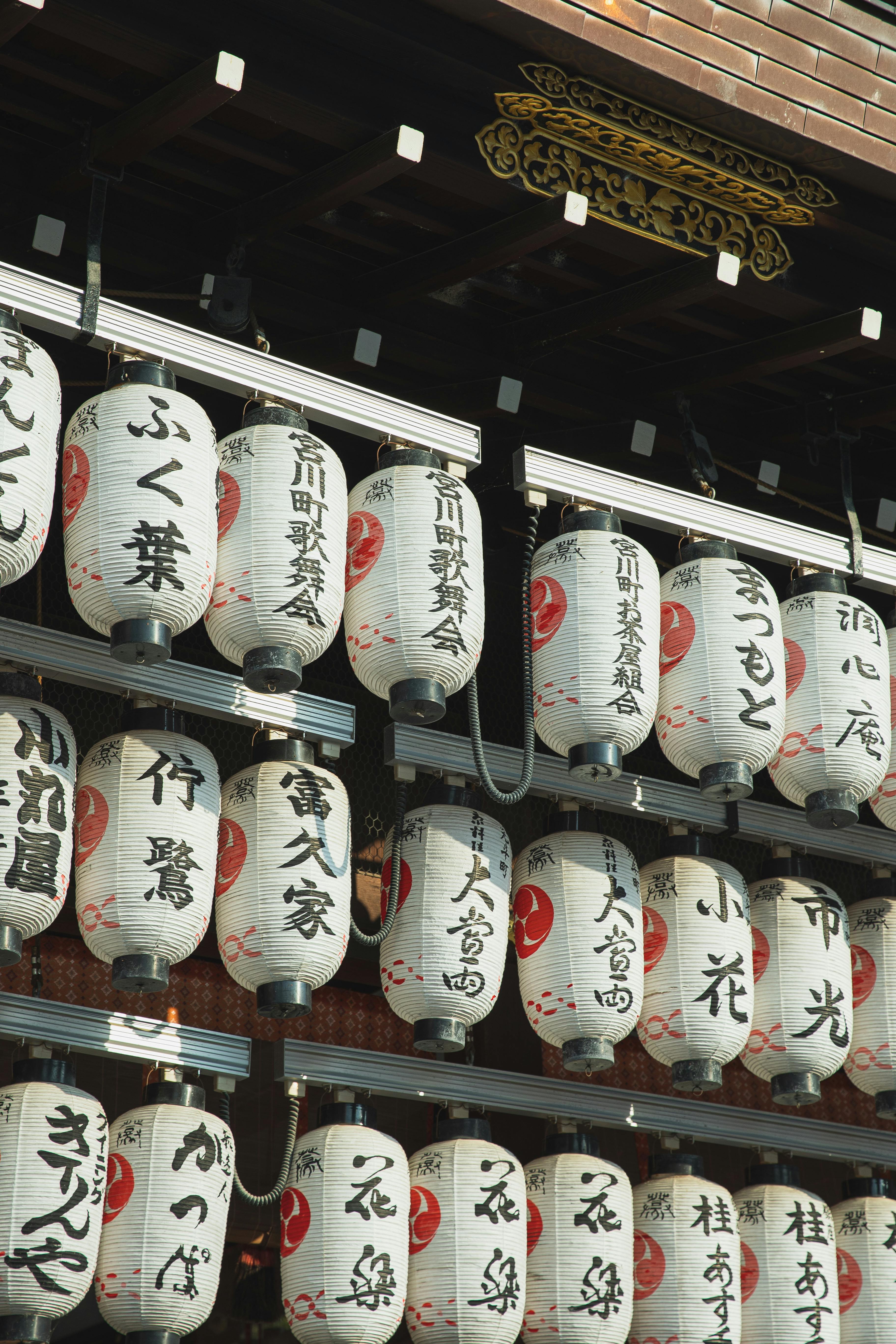From pre-colonial indigenous festivals to Catholic, Chinese, and Islamist cultures, Philippine bridal customs https://www.kahlo.org/10-most-famous-female-artists/ are a lovely fusion of native and foreign influences. Nevertheless, despite having a variety of provenance, love and commitment are the central themes in all Filipino marriage rites.
A traditional Filipino wedding, such as the pamanhikan, in which the groom’s family pays the bride a visit to publicly beg for her hand in marriage, was an extravaganza of folk rituals that took place long before Spain colonized the Philippines. A babaylan did thank the couples on the first day while holding their joined palms over a dish of rice. After that, the couple went back to their orchard and enjoyed a delicious meal there until the next time.
The majority of families in the Philippines still adhere to pamanhikan customs currently, but they do so with a more contemporary flair. To the babaylan’s home, the bride and groom https://asiansbrides.com/filipino-cupid-review may become led on separate festivities while frequently toting meal or flower products. The few does therefore kiss and hug each other as the babaylan will pray over the wheat plate.

The newlyweds will normally obtain a kalamay bath from their customers during the reception( a plate of thick grain cakes ). The wheat is a representation of their vow to remain united throughout their marriage. Additionally, it serves as a way for them to express their gratitude for their assistance and participation in the marriage ceremonies.
The newlyweds will then dance during the money dance, also known as” the dollar dance.” The bride and groom’s friends and family gather in sherengas during this time to party with them while having costs pinned or taped to their apparel. The sum of money amassed represents their gifts and well wishes for the newlyweds.

Comment (0)